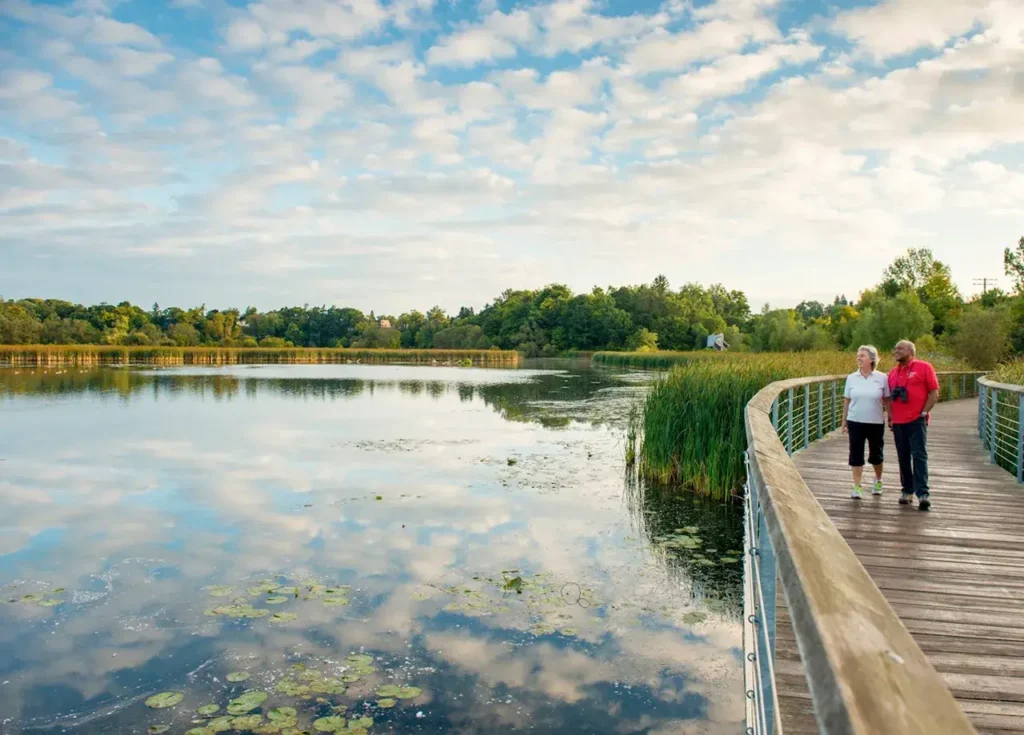
In the vast urban sprawl of Scarborough, Ontario, a unique oasis of natural beauty and biodiversity unfurls, offering city dwellers and visitors alike a remarkable retreat into the wild. Behold Rouge National Urban Park, Canada’s first national urban park, stretching over 79.1 square kilometres, surpassing the size of Central Park in New York City by 22 times.
The park’s diverse ecosystems include the largest remaining wetland in the Greater Toronto Area, significant woodlands, and rare Carolinian forest. With around 1,700 species of plants, birds, fish, mammals, insects, reptiles and amphibians, the park is a living testament to nature’s resilience.
Intriguingly, this urban wilderness holds more than just ecological significance; it also harbours over 10,000 years of human history. So, what makes this park an epicentre of ecological and cultural diversity that captures the curiosity of naturalists and historians?
Exploring Rouge National Urban Park
As the largest urban park in North America, Rouge National Urban Park offers a wealth of biodiversity and recreational activities waiting to be discovered by nature enthusiasts and casual visitors alike.
The park boasts over 1,700 species of plants and animals, providing a unique opportunity to observe and appreciate Canada’s diverse ecosystem.
Adventurous souls can explore over 12 kilometers of scenic trails, which range from easy to challenging. The Carolinian forest, the marshes, and the Rouge River are some of the natural features that make this park an ecological treasure.
For those who crave a more relaxed experience, picnicking spots and bird-watching areas are available. Join us, become part of the park’s community, and nurture your connection to nature.
Wildlife and Biodiversity Highlights
Building upon the allure of Rouge National Urban Park in Scarborough, its richly diverse wildlife and plant species are truly a testament to Canada’s varied ecosystem. The park is home to over 1,700 species of plants and animals, making it a biodiversity hotspot.
- The park boasts 27 species of fish including the endangered redside dace.
- Over 225 bird species have been spotted, such as the rare Eastern Meadowlark.
- It houses several mammals like white-tailed deer, coyotes, and even beavers.
- A fascinating selection of reptiles and amphibians, including Blanding’s turtle – a species at risk, can be found.
Experiencing the park’s wildlife is like diving into a living encyclopedia of Canadian nature. Embrace the opportunity to feel a sense of belonging to this rich and diverse natural heritage.





